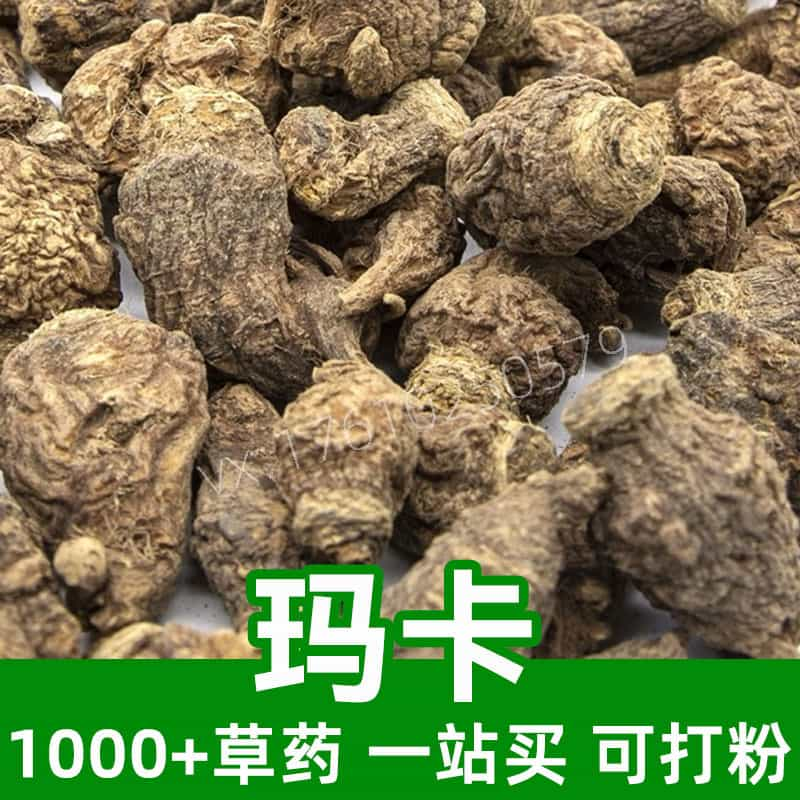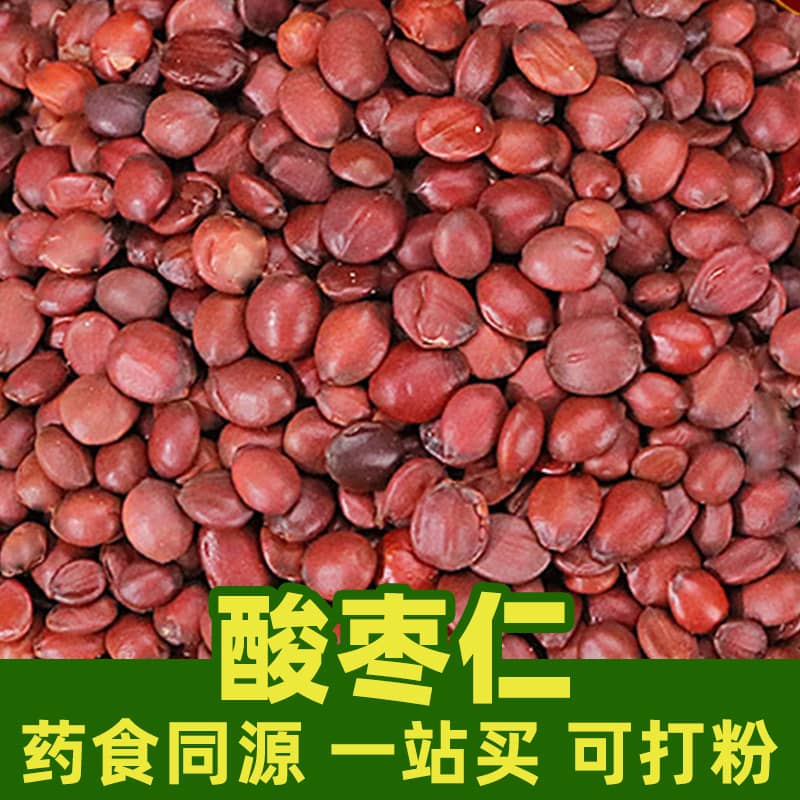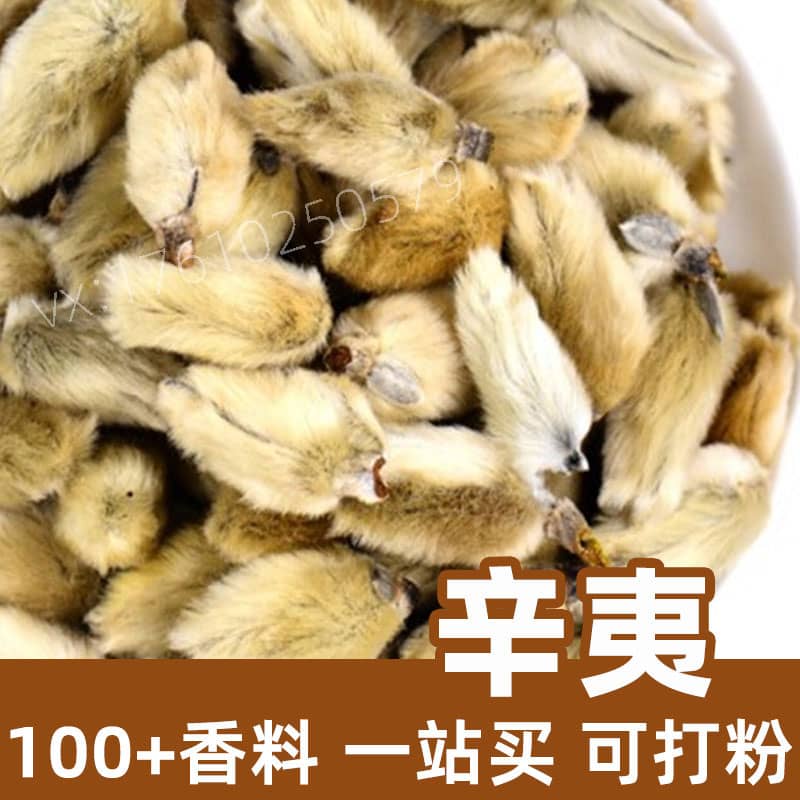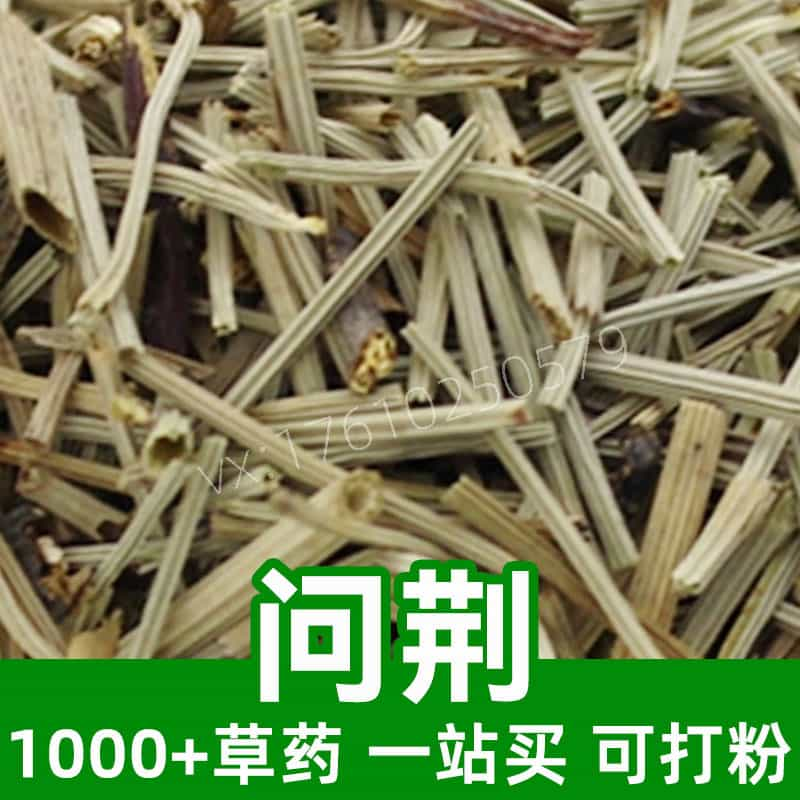Ku Mu Product Introduction
Ku Mu is a commonly used traditional Chinese medicinal herb, containing key components like ku amarine, ku musin, and ku mucin acid. Primarily sourced from southern China (e.g., Guangxi, Guangdong, Fujian), it is also found in other subtropical regions. In traditional Chinese medicine, Ku Mu is recognized for its effects in clearing heat, detoxifying, cooling the blood, stopping bleeding, and reducing swelling. Clinically, it is often employed in treating conditions like abscesses and boils caused by heat toxins. Beyond medicinal use, Ku Mu is also valued for its application in wood products and furniture.
Key Active Ingredients in Ku Mu
The primary active ingredients in Ku Mu contribute to its medicinal value and therapeutic effects:
- Ku Amarine:
- A major bioactive component with antibacterial, anti-inflammatory, and antitumor properties. It inhibits the growth of bacteria, fungi, and viruses while modulating inflammatory responses.
- Ku Musin:
- A flavonoid compound with antioxidant, anti-inflammatory, antibacterial, and antitumor effects. It scavenges free radicals, reduces oxidative damage, and offers protective benefits against cardiovascular diseases and tumors.
- Ku Mucin Acid:
- A triterpenoid compound with anti-inflammatory, analgesic, and antitumor properties. It inhibits the release of inflammatory mediators, alleviating symptoms of chronic inflammatory diseases.
- Other Compounds:
- Ku Mu also contains components like ku mu glycosides and ku mu alcohols, which contribute to its anti-inflammatory, antibacterial, and analgesic properties.
Research supports the medicinal value of these compounds, but usage should follow medical guidance to avoid adverse effects from excessive or prolonged use.
Applications and Dosage of Ku Mu
Ku Mu has a long history in traditional Chinese medicine and food applications, primarily for detoxification, pain relief, and diuresis.
- Traditional Chinese Medicine Applications:
- Heat Detoxification: Used for conditions like fever and sore throat caused by heat toxins.
- Swelling and Pain Relief: Treats conditions such as arthritis, boils, and abscesses with its anti-inflammatory effects.
- Diuretic Effects: Helps alleviate edema and swollen lymph nodes by promoting the elimination of dampness.
- Dosage:
- Internal Use: Typically decocted or brewed, with a dosage of 10–15 grams per session, adjusted as needed, taken 2–3 times daily.
- External Use: Applied topically or used in washes for local swelling, pain, or abscesses.
- Food Applications:
- Flavoring: Adds a distinct taste in food processing.
- Medicinal Food: Incorporated into bitter foods like teas or dishes for health benefits such as detoxification and digestion.
Careful adherence to dosage and preparation methods ensures effectiveness and safety.
Ku Mu Source Plant: Description, Distribution, and Habitat
[Scientific Name] Sophora flavescens Aiton [Aliases] Sophora flower, Sophora wood, Sophora leaf
- Plant Description:
- A small evergreen tree, typically 3–4 meters tall, with an umbrella-shaped crown. The gray bark contrasts with smooth, dark green leaves.
- Distribution:
- Found across regions in China (e.g., northeast, north, central, east, and southwest), as well as Korea and Japan. It thrives in hills, valleys, and riverbanks.
- Habitat:
- Prefers sunny, well-drained soils and tolerates arid or waterlogged conditions, often flourishing in altitudes of 500–1500 meters.
- Growth Traits:
- Adaptable to extreme environments, with robust resistance to drought and poor soils, making it suitable for arid areas.
- Reproduction:
- Propagated via seeds, with options for cuttings or division. Its fruit, a pod, contains high-germination seeds.
- Lifecycle:
- From seed to maturity, growth takes 3–5 years, with an annual height increase of approximately 1–1.5 meters.
Ku Mu's resilience and medicinal value make it significant in both herbal medicine and ecological research.
Ku Mu Harvesting, Processing, and Storage
Proper harvesting, processing, and storage are essential for preserving Ku Mu's quality and efficacy.
- Harvest Time:
- Ideally harvested in spring or autumn for optimal nutrient content.
- Harvest Method:
- Focus on robust stems and intact roots, carefully digging or uprooting to avoid damage.
- Initial Processing:
- Thoroughly clean roots and stems, removing soil and impurities, then air dry.
- Drying and Cutting:
- Slice dried roots into thin pieces, ensuring complete drying under sunlight or in ventilated conditions.
- Storage:
- Store in a dry, ventilated, and cool location, avoiding direct sunlight and moisture to prevent mold and decay.
- Packaging:
- Use breathable, sealed containers or bags, ensuring thorough drying beforehand.
- Shelf Life:
- Typically lasts 1–2 years under optimal conditions, but regular checks are essential to prevent spoilage.
Adhering to these guidelines maximizes Ku Mu's medicinal and commercial value.
Monica Sun is a seasoned expert in the natural raw materials industry, with over a decade of experience specializing in traditional Chinese medicinal herbs, spices, and fungi. She is skilled in the sourcing, processing, and application of these materials, emphasizing sustainability and innovation. Monica Sun has contributed to the development of high-quality natural raw materials that serve as essential components in functional foods, pharmaceuticals, and cosmetics, delivering tailored solutions to meet diverse market needs.















